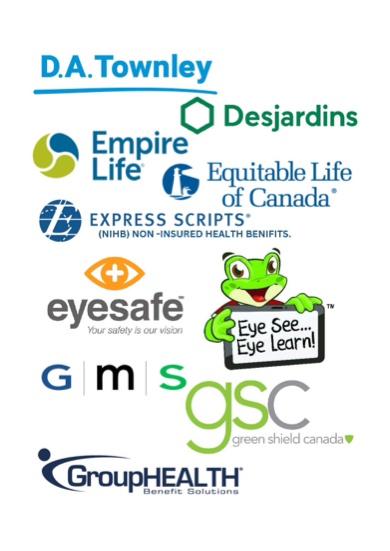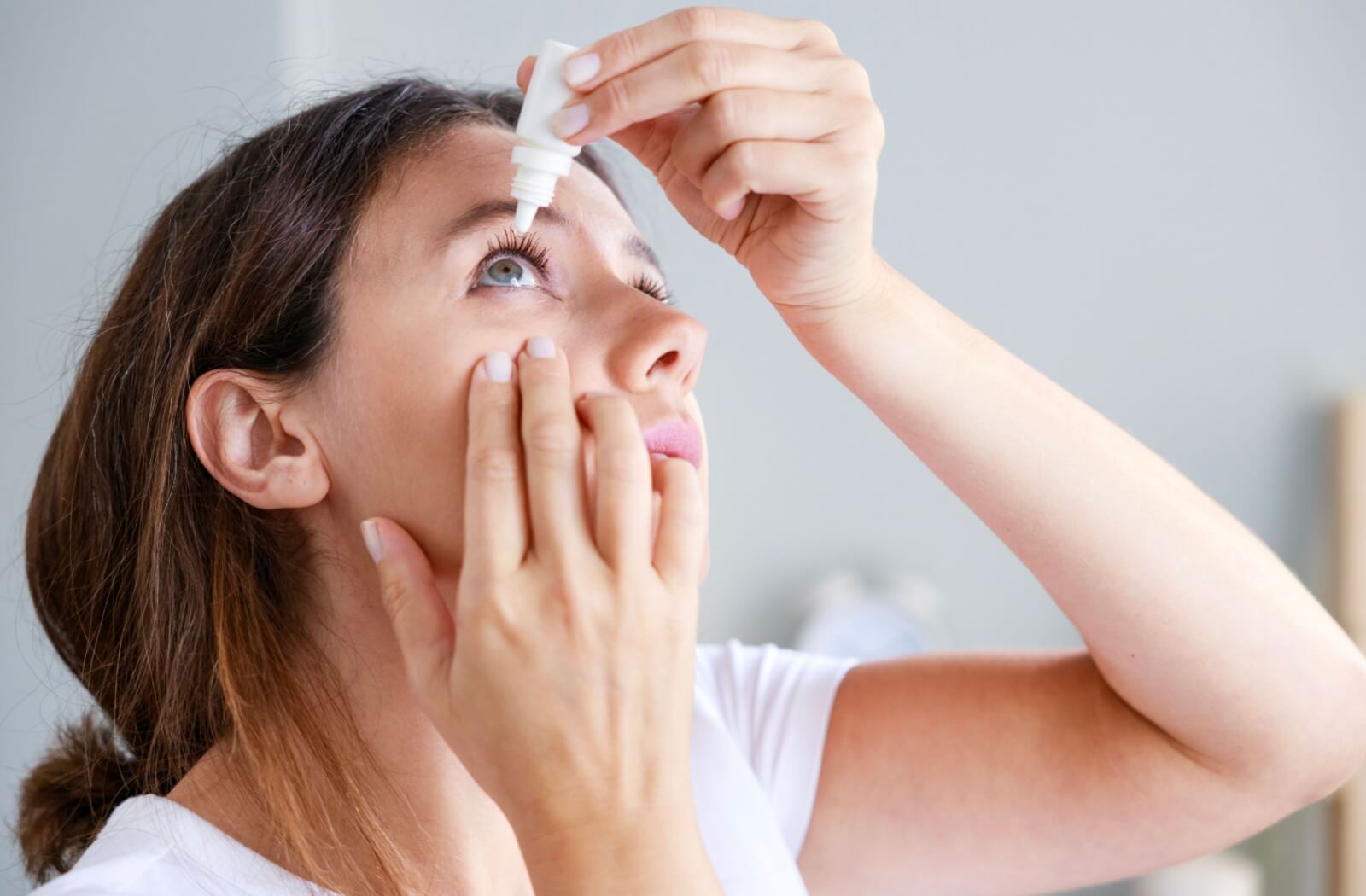Myopia, also known as nearsightedness, is a refractive error that makes it difficult for those affected to see objects in the distance. While there is no cure for myopia, eye doctors have developed a range of methods to help slow down its progression in childhood. By using myopia-control contact lenses and glasses, atropine eye drops, and encouraging certain habit changes, eye doctors can help children manage their myopia and prevent it from worsening too quickly.
Slowing the progression of myopia can prevent the development of high myopia and the accompanying sight-threatening issues. These include myopic macular degeneration, cataracts (posterior subcapsular and nuclear), primary open-angle glaucoma, and retinal detachment.
Myopia management encompasses all the necessary eye care for individuals with myopia, from diagnosing childhood myopia to addressing complications in adulthood. Myopia control plays a crucial role in managing myopia, so learning information about myopia control lenses, including types of lenses available, suitable activities, and tips from optometrists to determine the best lens for your vision issues, is definitely in your favour.
What Are Myopia Control Lenses?
Myopia control lenses have become increasingly popular among eye-care providers. These lenses use modern technology to slow down the progress of myopia and can significantly improve the quality of life of those affected, including children with myopia, by helping protect their future eye health through monitoring by an eye care professional and using whatever form of myopia control that works for you.
Myopia control lenses come in various forms, including multifocal, orthokeratology (ortho-k), and the use of atropine eye drops (which aid in myopia control by dilating the pupil and relaxing the focusing muscles of the eye.) This helps to reduce the progression of nearsightedness and maintain better visual acuity over time. and they all have different features and effects. Despite their differences, these lenses share one goal: to reduce the rate of myopia progression and preserve the individual’s visual function.
Glasses for Myopia Control
Myopia control eyeglasses, also known as myopia management glasses, are a popular option for slowing down the progression of myopia in children and teenagers. These glasses not only correct blurred vision caused by myopia but also have special designs that can help slow down the worsening of the condition.
MiYOSMART spectacle lenses are a popular option for myopia control in children. By simultaneously seeing a focused and defocused image, the lens triggers a natural mechanism that tells your child’s eye to stop elongating. These lenses are commonly prescribed for myopia control and provide clear and sharp vision while also helping to slow down the progression of myopia.
Stellest HALT contacts are made up of a constellation of 1021 invisible lenslets. The constellation then creates a signal in front of the pupil to stop the eye from elongating. Your child wears them for 12 hours and can be used on children between the ages of 6-16.
Monovision Contact Lenses
Have you ever found yourself struggling to read up close or see things at a distance? If so, monovision contact lenses may be the solution you’ve been looking for. These lenses are specifically designed to address myopia control. By providing different prescriptions to each eye, one eye can focus on nearby objects while the other eye focuses on distant objects. This unique feature helps reduce the progression of myopia, offering a potential solution for those seeking myopia control without constant switching of glasses or the need for bifocals.
Bifocal Soft Contact Lenses
Bifocal soft contact lenses, designed specifically to address myopia progression, offer a way to achieve just that. By providing different levels of prescription within the same lens—one for distance and one for close-up work—bifocal lenses allow the eye to adjust seamlessly to different visual tasks. This is a great benefit for children who need to be able to focus at different distances.
These lenses can reduce the strain on the eyes and potentially slow the progression of myopia over time in adults and children. With the added benefits of comfort and convenience that come with soft contact lenses, bifocal lenses may be an attractive option for those looking to manage myopia.
Rigid Gas-Permeable Lenses
Rigid gas-permeable (RGP) lenses have emerged as a popular alternative to soft contact lenses for individuals experiencing myopia progression. Unlike soft lenses that conform to the shape of the eye, RGPs are rigid in nature, allowing for better visual acuity while still allowing oxygen to pass through. When worn consistently and correctly, these lenses have been shown to slow down the progression of myopia, even in children, making them an effective tool for individuals looking to manage their eye health.
Although they may require a period of adjustment, many people find that the benefits of RGP lenses outweigh the initial discomfort. With improved vision and the potential to control myopia, it’s no wonder why more and more people are turning to RGPs as a viable solution for their eye care needs.
Ortho-K
Orthokeratology (ortho-k) is a nonsurgical solution for myopia control. This treatment involves the use of specialized contact lenses that reshape the cornea while the wearer sleeps, helping correct vision and reducing the progression of myopia. They use rigid-gas-permeable lenses to do so.
Unlike traditional contact lenses or glasses, which simply correct the vision temporarily, ortho-k lenses can provide a long-term solution for those who have myopia, though keep in mind they are a temporary fix. And, since it is nonsurgical, it eliminates the risk of complications typically associated with procedures such as LASIK.
How to Choose the Right Myopia Control Option
When it comes to myopia control lenses, there are a few different types to choose from, each with its own set of pros and cons.
One option is orthokeratology or ortho-k. While ortho-k does not involve wearing lenses during the day, some people may find the overnight wear uncomfortable, and there is a risk of infection if proper hygiene is not followed. However, they are great for people who don’t want the hassles of contacts or eyeglasses during the day.
Another option is multifocal contact lenses, which are designed to improve vision at multiple distances and can sometimes slow the progression of myopia. However, these lenses may not be as effective at controlling myopia as other options and may only be suitable for some individuals. They are worn during the day, though a downside to this type of lens is that they may cause some blurriness or halo effects in your vision.
Rigid Gas Permeable lenses have issues with comfort and take getting used to, but they are a suitable type of myopia control lens. These lenses are designed to improve vision at all distances and can be worn during the day.
Ultimately, the best type of myopia control lens will depend on individual factors such as the severity of myopia and personal comfort preferences.
Your Next Step for Clearer Vision
When venturing into the world of myopia control, the first step is to talk to your eye doctor about which option might be best for you. The team at Eyesis Eyecare can help you explore your options for myopia control and find out what could work best for your lifestyle.
Speak with us today to learn more and find out how we can help you select a treatment that meets your needs!






































